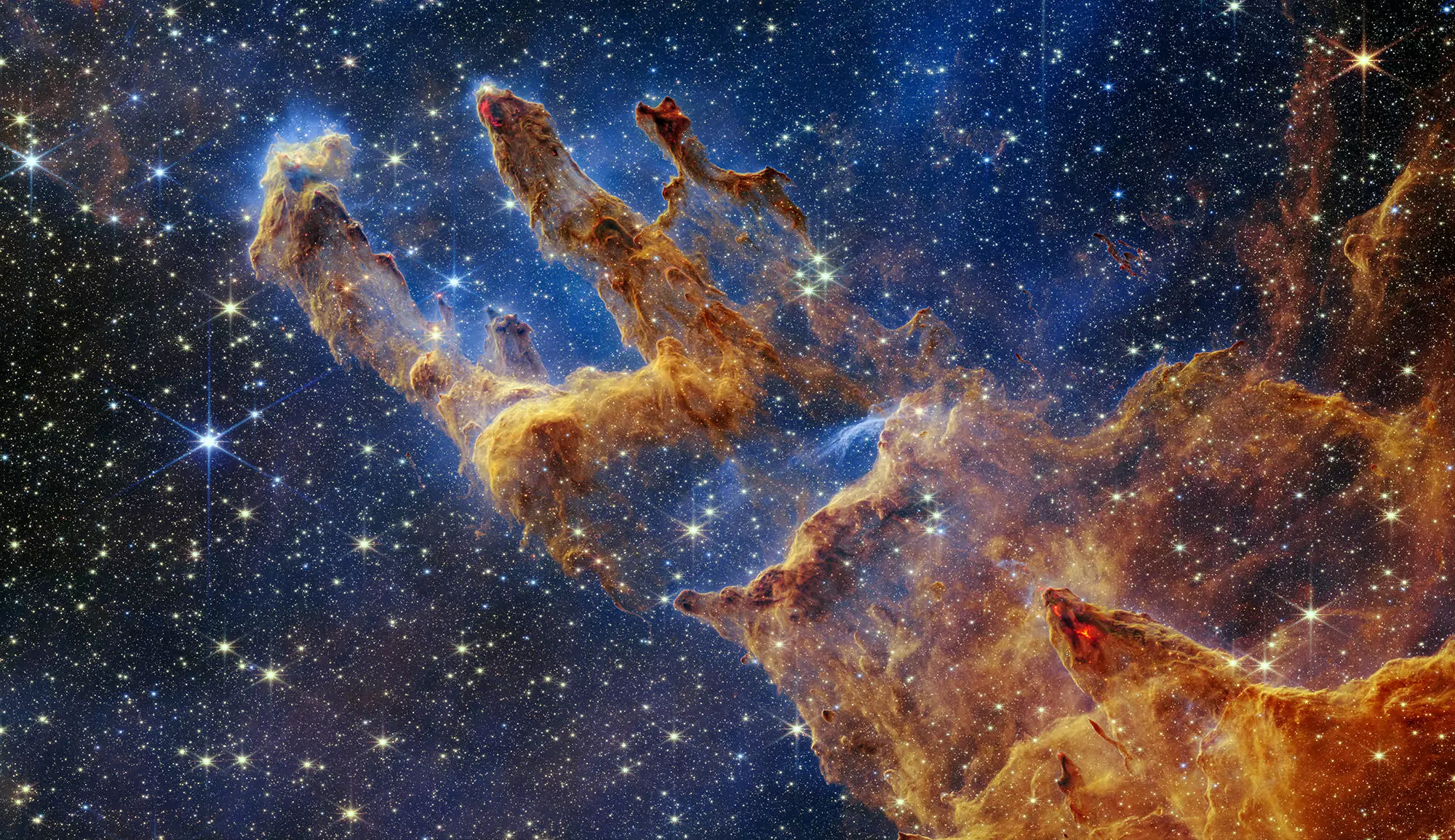Most of the visible mass in a rich galaxy cluster consists in the very hot diffuse and ionized gaseous atmosphere emitting in X-rays. This gas is in hydrostatic equilibrium in the potential well of the cluster, and may be 10 times more massive than all the ensemble of galaxies. When a spiral galaxy enters in the cluster at high speed, this atmosphere creates like a strong wind in the moving galaxy, that can blow the internal gas of the galaxy away. This is the ram-pressure stripping phenomenon. The stripped gas forms a wake behind the galaxy motion, that creates beautiful, intricate systems such as that seen around the spiral galaxy ESO 137-001, which travels in the Norma galaxy cluster. The direction and position of the tail shed light on the way in which the galaxy is moving.

The image of the CO emission obtained with ALMA (see Figure 1) offers the first high-resolution map of the cold molecular gas lurking within a ram-pressure stripped system. ESO 137-001 is one of the nearest jellyfish galaxies, and is particularly interesting because its long, extended tails of gas contain features known as ‘fireballs’ : bursts of star formation. The precise mechanisms governing how stars form within jellyfish tails are mysterious, and this map thus provides a new window onto the conditions needed for new stars to form in such intense, changeable environments.
Reference
- ALMA unveils widespread molecular gas clumps in the ram-pressure stripped tail of the Norma jellyfish galaxy, Jachym, P., Kenney, J.D.P., Sun, M., Combes, F., Cortese, L. et al. 2019, ApJ in press
